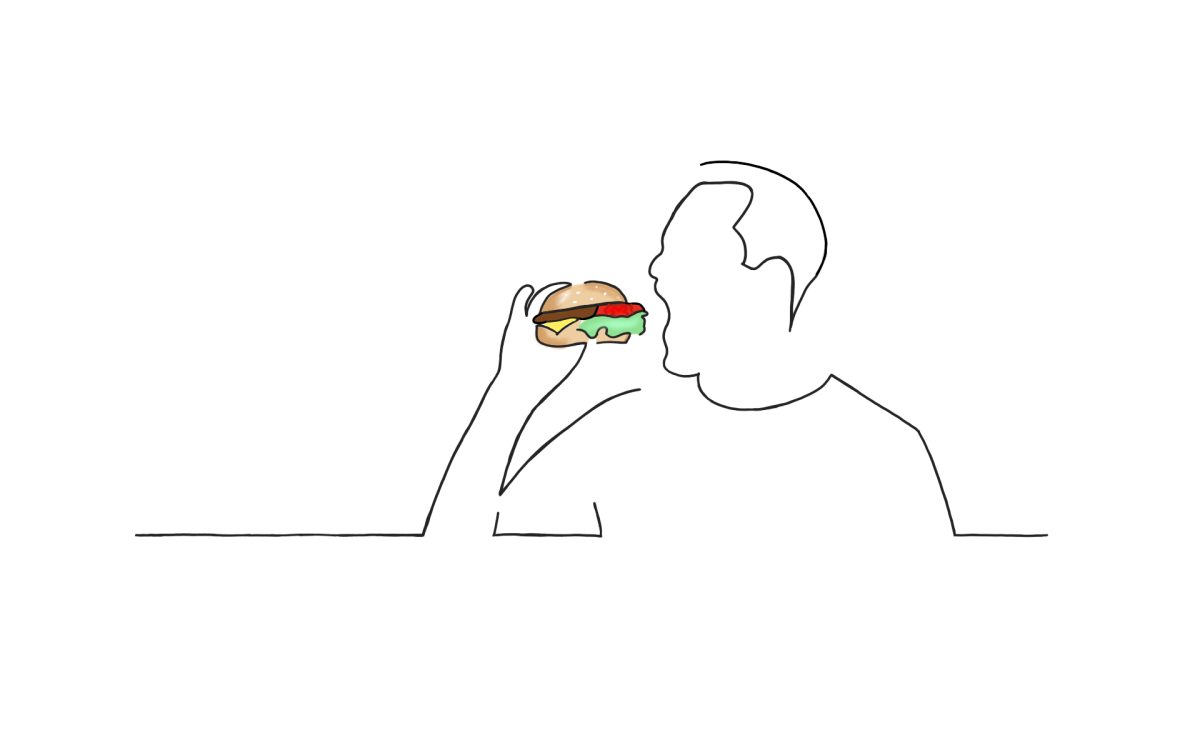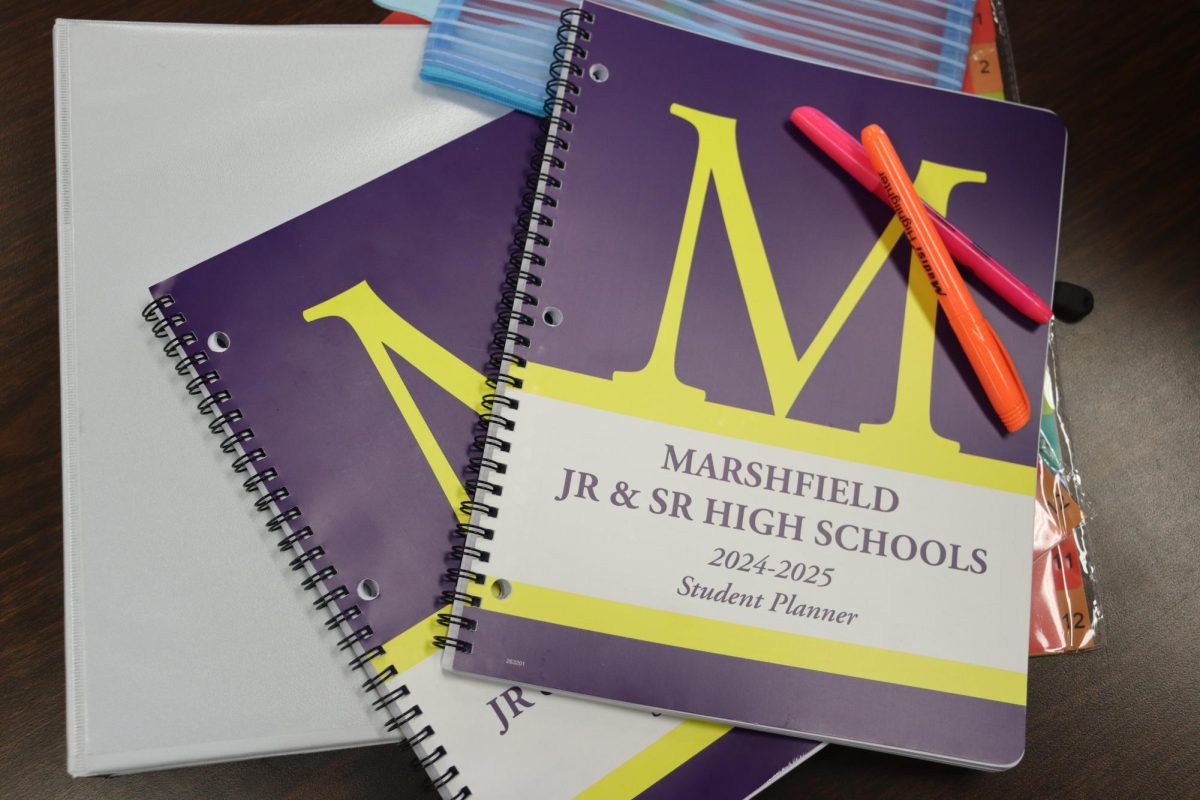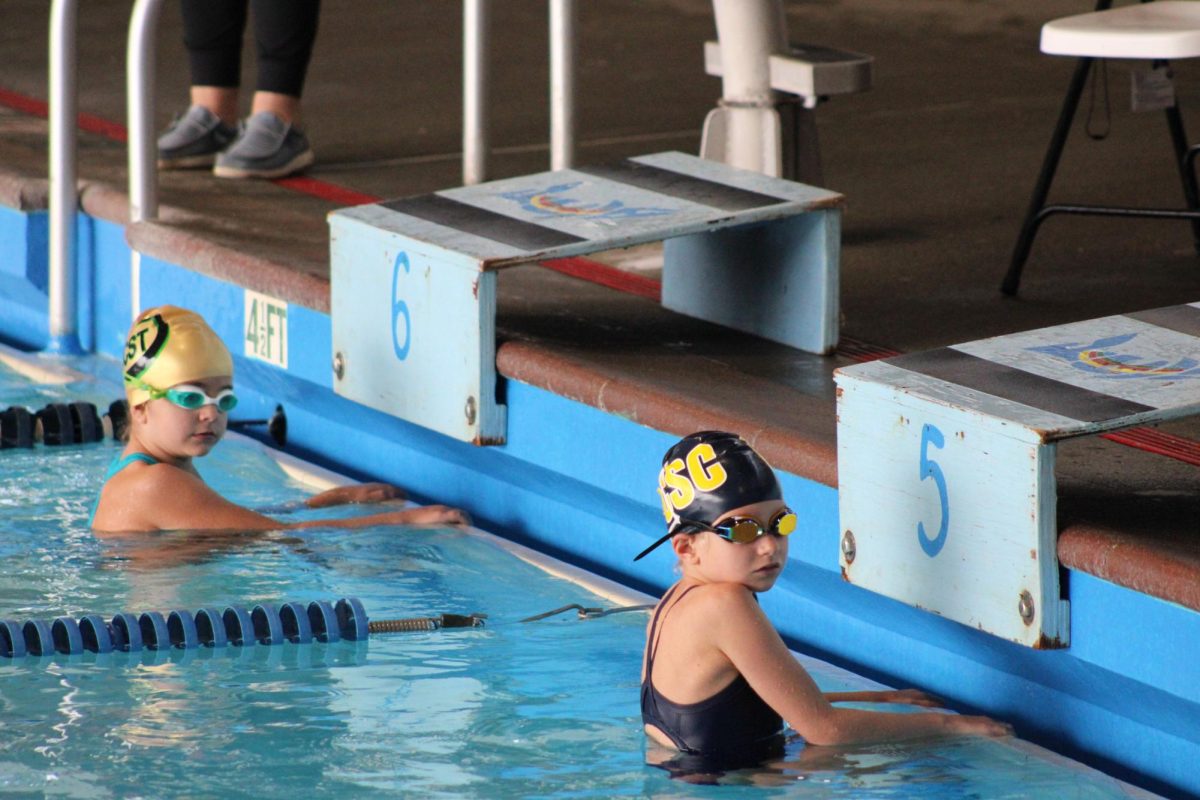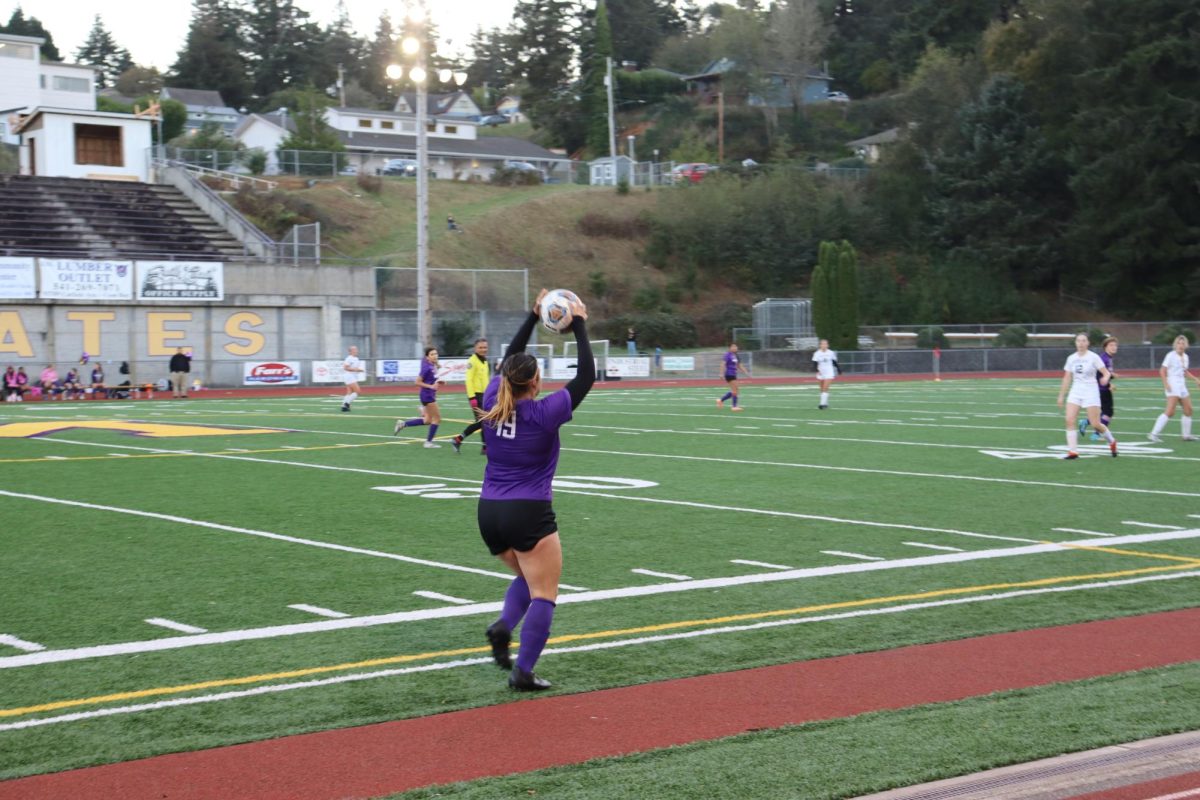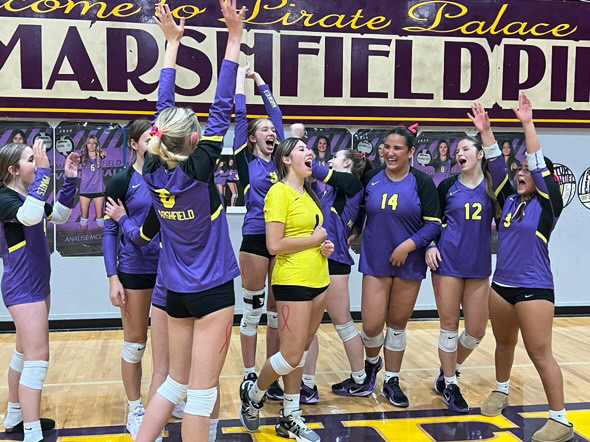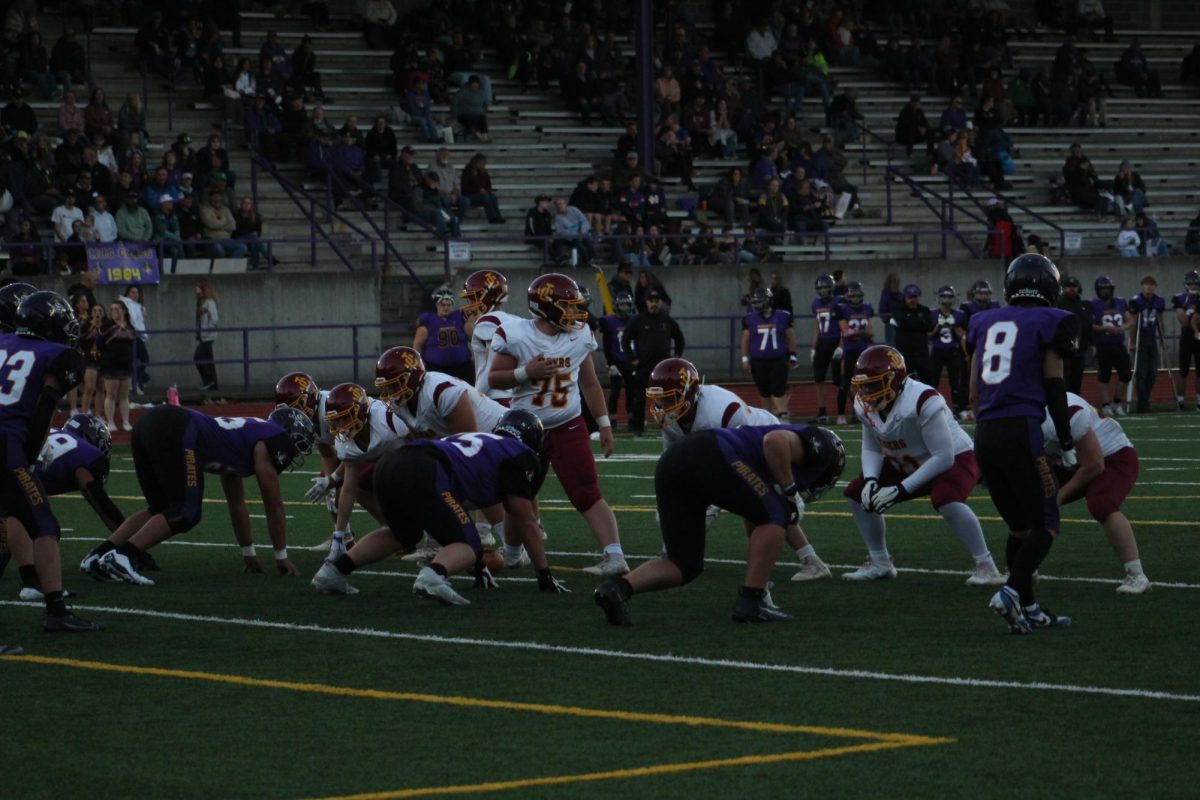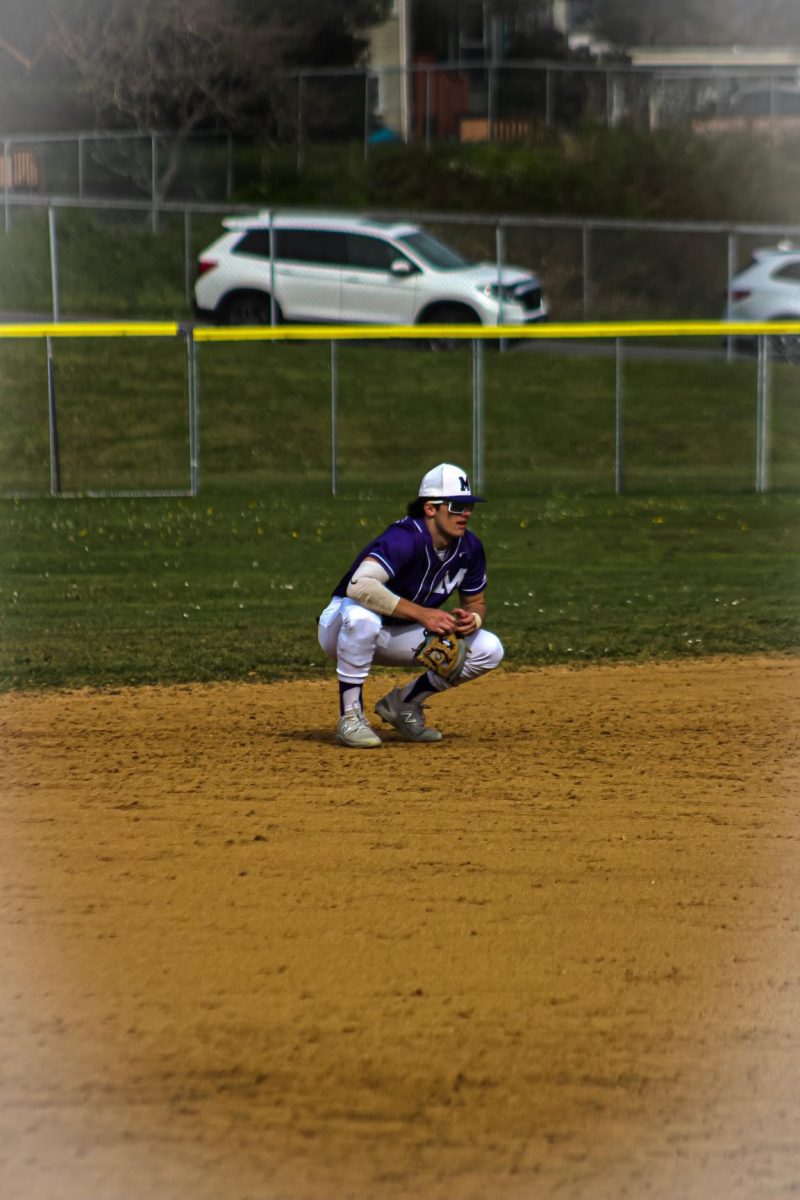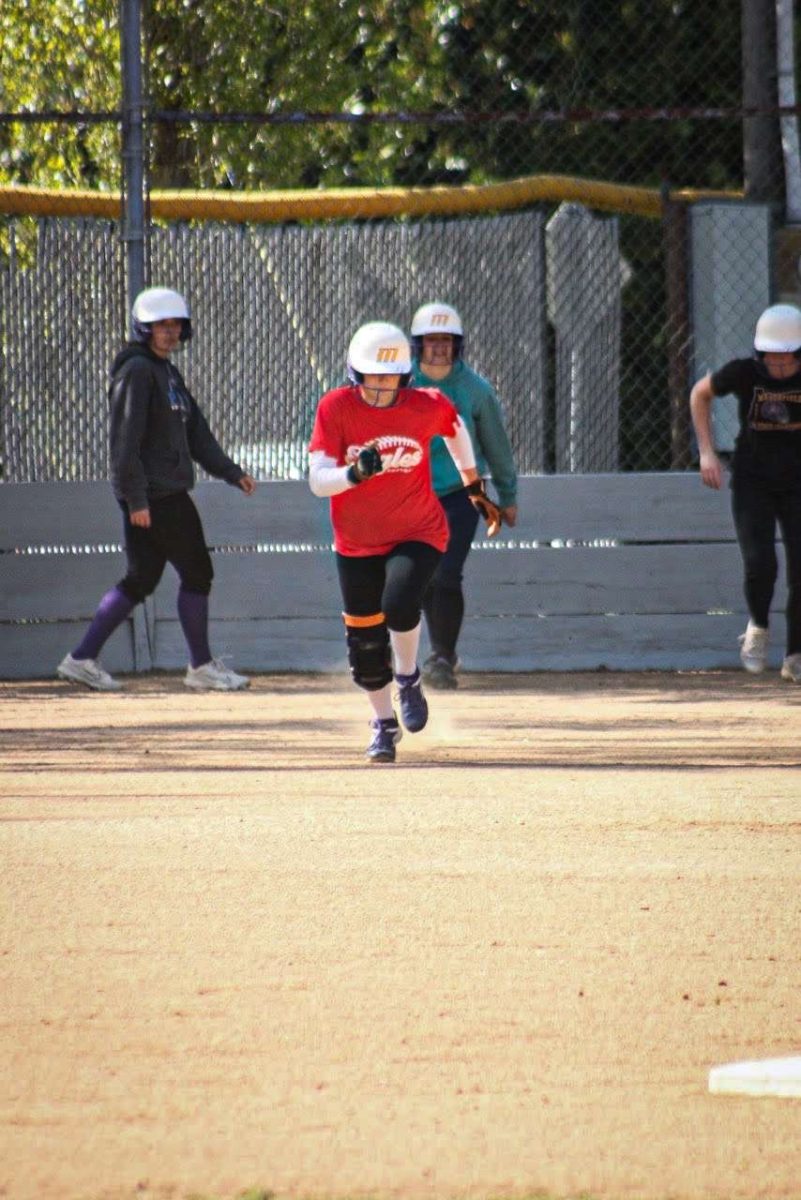Youth sports intensity can significantly influence athletes’ physical development, skill acquisition, and mental resilience. High-intensity training may enhance performance, promoting strength and endurance, but it can also lead to burnout or injury if not managed properly. Conversely, lower pressure athletics can foster a more enjoyable experience, encouraging participation and long-term engagement in sports. Additionally, the intensity of competition can shape young athletes’ attitudes towards teamwork, discipline, and coping with pressure, ultimately affecting their overall growth and enjoyment in sports. Balancing intensity is crucial for maximizing benefits while minimizing potential negative outcomes.
The perspective of a coach often contrasts significantly with that of a young athlete, as the coach brings years of experience and a broader understanding of the sport, while the athlete is typically focused on personal growth and immediate performance. Coaches view training and competition through a lens of strategy, discipline, and long-term development, emphasizing the importance of teamwork and resilience. In contrast, young athletes may prioritize their individual achievements, emotional responses to competition, and the desire for validation, which can lead to misunderstandings between the two. This divergence in viewpoints can create a rich dynamic, where effective communication and mutual respect are essential for fostering a supportive environment that encourages both personal and athletic growth.
“I’d say my coaching style is fairly laid back, but really encouraging,” said Ali Dubisar, who coaches for Coos County Youth Sports. “I try to cheer on each kid and give lots of direction while they are playing. I do get excited when it’s a close or intense game, but when mistakes are made I don’t scream at the kids, they already know how they messed up.”
Emotions will rise in intense situations and could lead to inappropriate actions or words, but Dubisar considers herself more of a relaxed coach.
“The really intense games get me pretty fired up, but not angry,” she said. “I do get upset sometimes, but I try to let them know how to improve on the next play and cheer them on loudly to keep pushing through and to fight to be on top.”
When discussing the intensity of training and competition in youth athletes, it’s crucial to recognize that their perception of intensity often differs significantly from that of their coaches. Youth athletes may experience physical and emotional responses to intensity that are influenced by their developmental stage, motivation, and personal goals. Coaches, on the other hand, may view intensity through a more analytical lens, focusing on performance metrics and strategic outcomes. This disparity can lead to misunderstandings; while a coach may push for higher intensity to achieve specific results, a young athlete might feel overwhelmed or unable to meet those expectations, highlighting the need for effective communication and tailored approaches to training. The firm coaching style can improve player performance in many circumstances.
“The coaches and team make me better by encouraging me and going hard against me in practice instead of going easy on me,” said Marshfield High School student Titus Fox. “I dealt with these by praying to God for protection and encouraging my teammates and being a team leader when we need it the most.”
High school athletes often encounter significant pressure stemming from intense coaching styles as well, not just younger athletes. This pressure can manifest in various ways, including heightened expectations for performance, rigorous training regimens, and a focus on winning at all costs. Coaches, driven by their aspirations for success, may inadvertently create a high-stress environment that impacts athletes’ mental well-being. As a result, young athletes might experience anxiety, burnout, or a diminished love for the sport, highlighting the need for a more balanced approach to coaching that prioritizes both development and enjoyment.
Max Johnston has experienced a varied amount of coaching styles playing football and running track from the junior high to high school levels. High school sports typically exhibit a higher level of intensity compared to junior high and elementary sports. In high school, athletes often face more rigorous training schedules, advanced competition, and greater emphasis on performance and skill development.
“What I’ve learned about teamwork is that you grow and develop together as a whole and not just individually,” said Johnston.
This contrasts with junior high and elementary levels, where the focus is primarily on participation, enjoyment, and basic skill acquisition. The competitive environment in high school can lead to increased pressure on athletes, while younger students are encouraged to explore sports in a more relaxed setting, fostering a love for the game rather than solely focusing on winning.
Encouraging a healthy perspective on competition and prioritizing enjoyment can lead to a more positive experience, ensuring that youth sports remain a source of growth and joy rather than undue pressure.
Categories:
The impact of intensity in youth sports
Maya Aguirre
•
February 6, 2025
0
Tags:
Donate to The Marshfield Times
Your donation will support the student journalists of Marshfield High School. Your contribution will allow us to purchase equipment and cover our annual website hosting costs.
More to Discover
About the Contributor

Maya Aguirre, Photo + Sports Editor
Junior Maya Aguirre is a third-year member of the 2024-2025 Journalism staff. She is also involved in the Marshfield softball teams, The Marshfield Upbeats, the largest 4-H club in Coos County, and participates in many clubs within school. Her love for church is her greatest passion, she enjoys meeting new people and building relationships with those around her. She enjoys photography almost as much as her church, she takes photography classes guided by professional photographers to get a taste of what it’s like as a career. After high school, she plans to attend George Fox University for her passion of going to medical school to be a Pediatric Physical Therapist. She is very excited to be involved with the journalism staff and plans to continue throughout the rest of her high school years.


